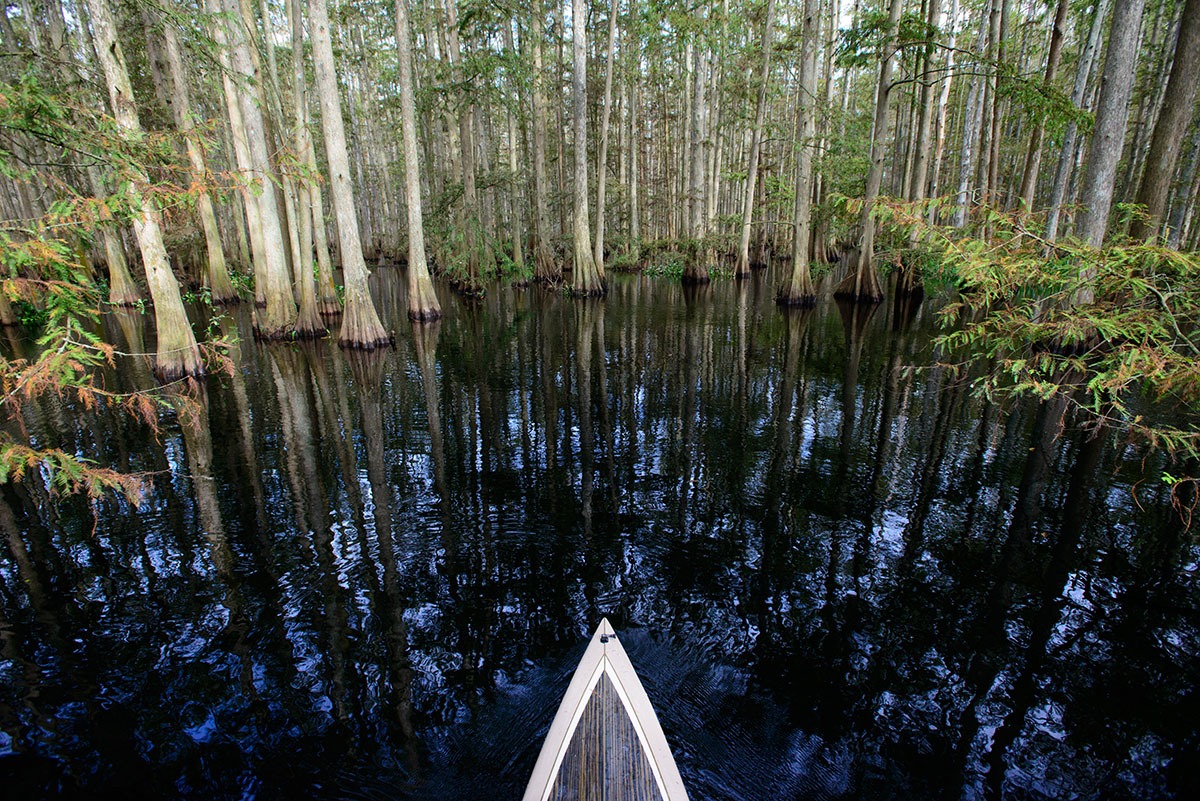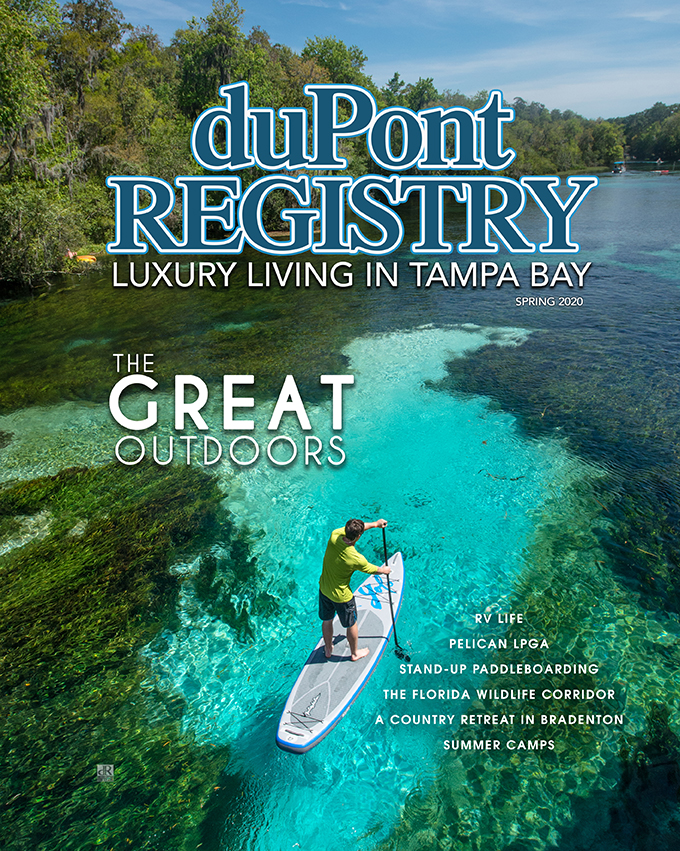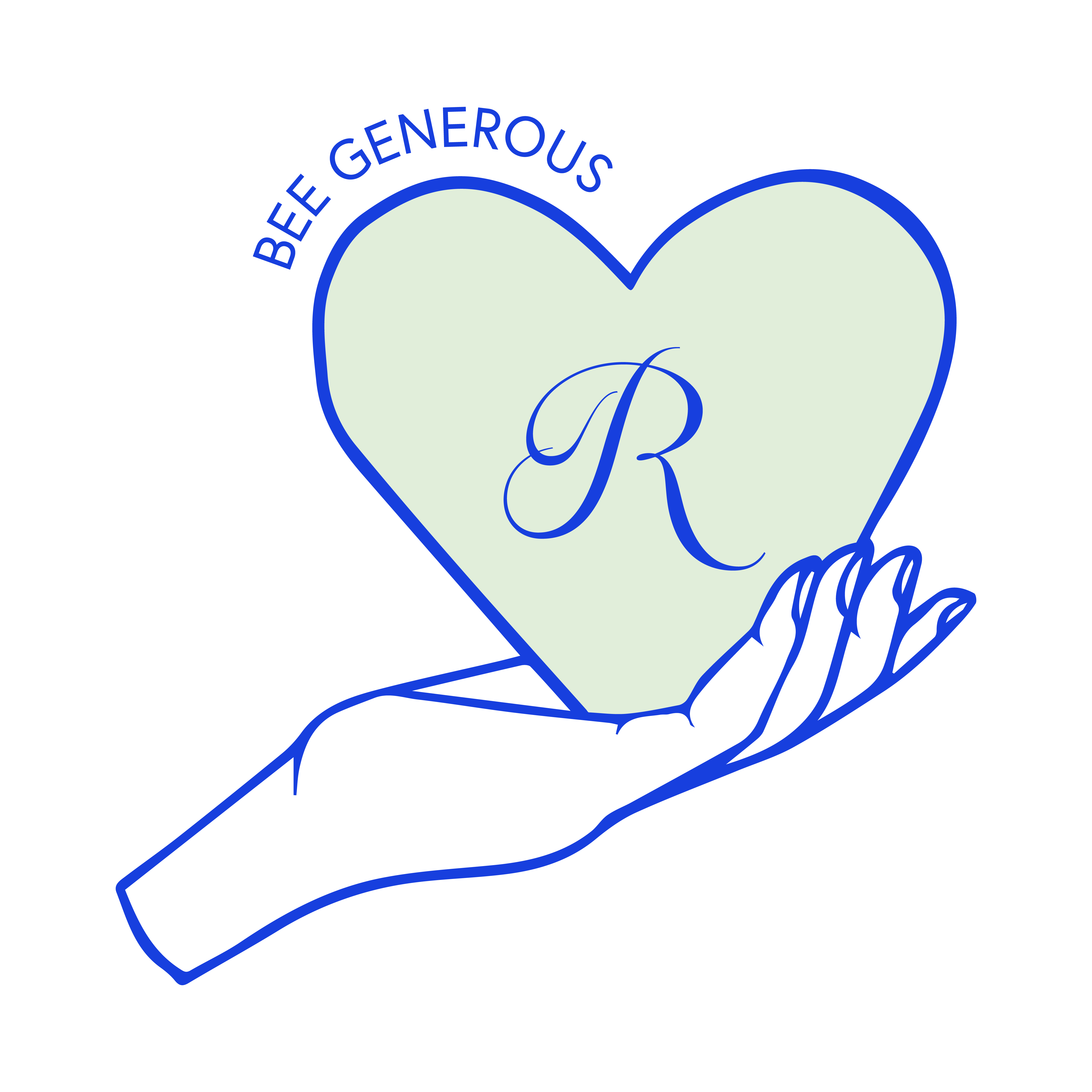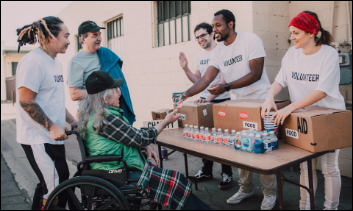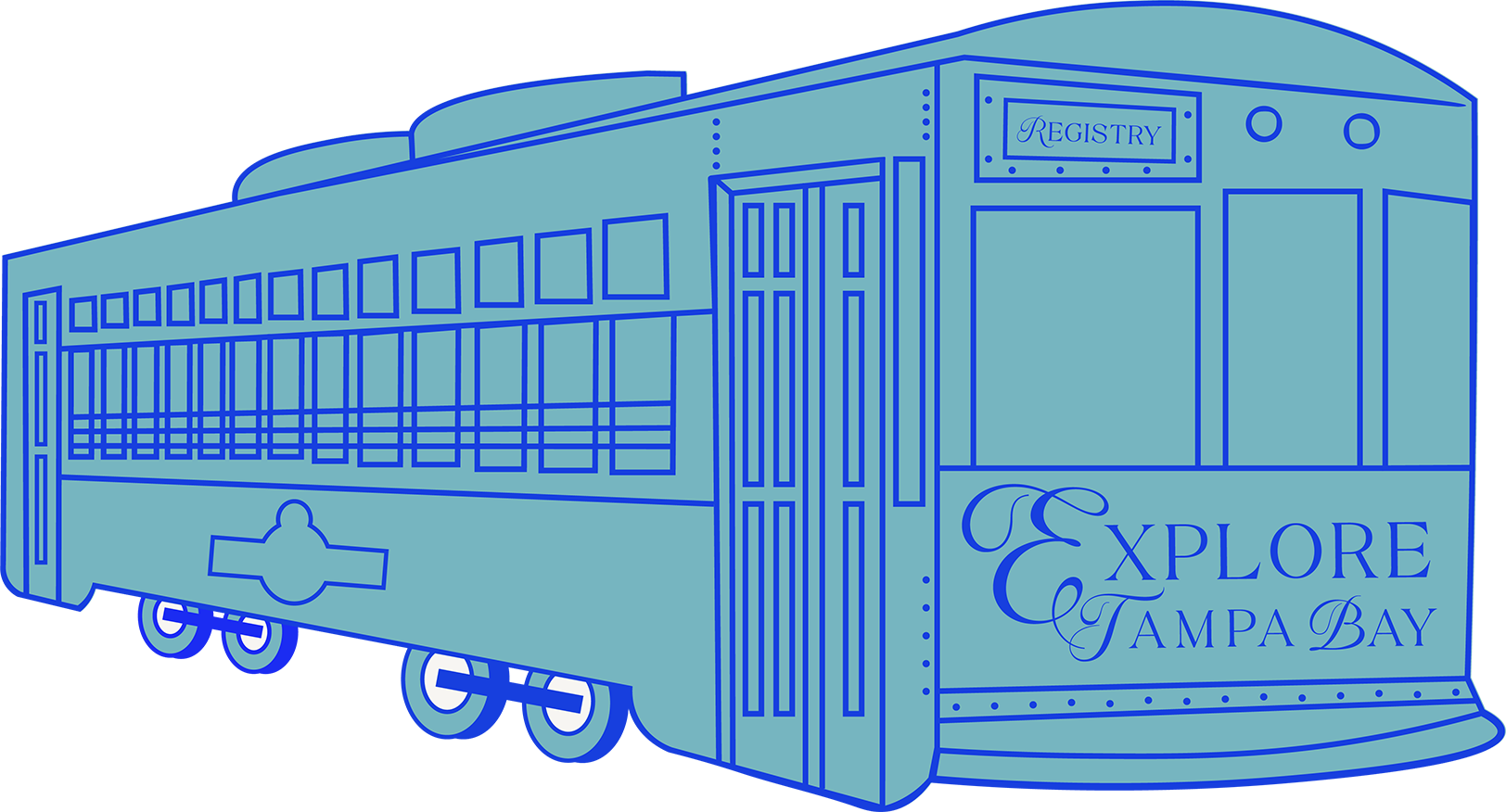Need an escape? Enjoy this story from duPont REGISTRY Tampa Bay’s Spring 2020 issue, “The Great Outdoors.” Find more great escapes in the digital edition or check out a hard copy, coming soon to select mailboxes and distribution points around Tampa Bay.
Carlton Ward, Jr. is doing his best to persuade me to crawl toward the wildlife camera. He keeps smiling, entreating me to drop to all fours and belly-crawl along the floor of the Everglades. The idea is that I’ll understand what a panther sees as it emerges from a wildlife underpass and Ward’s camera “traps” get their photographs. It’s tempting to acquiesce — after all, he’s giving me the chance to see something not many Floridians will ever see — but I am no panther. A trickle of glossy black water streams through lush, viridescent grasses, underbrush, and trees. A pair of almost-forward-facing obsidian eyes, flecked with amber, track us from not-quite-beneath the surface of the water as traffic streams by overhead, oblivious to the diorama of survival beneath their tires. I feel vaguely Heinlein-esque, a stranger in a strange, glorious land.
That diorama plays out in LaBelle, a small town east of Lake Okeechobee and south of the Caloosahatchee River, in South Florida. LaBelle, in case you haven’t had the chance to visit (and most people haven’t; cattle, not beaches, blanket the land in these parts), has plenty to offer Florida’s future — most of it green. This wildlife underpass in LaBelle offers safe passage for the Florida panther, black bear, and other creatures that make paradise, well, paradise.
Welcome to the Florida Wildlife Corridor, a work-in-progress and labor of love for Floridians like Ward, Mallory Lykes Dimmitt, and Meg Lokey. Almost a decade ago, a cadre of dedicated Florida-philes, including Ward and Dimmitt, put together an expedition through Florida’s wettest, wildest places. Their reason? They wanted to know if enough wild Florida remained to cobble together a pathway of green that would allow wildlife to safely resume natural hunting, foraging, and migrating behaviors. Those expeditions form the nucleus of the Florida Wildlife Corridor, perhaps most widely known through Ward’s photos, two of which we include here.
But the Corridor is so much more than a photo op. Webbed together by a patchwork of state and national parks and preserves and cattle ranches, the Florida Wildlife Corridor is a spectacular example of how private-public partnerships can protect the natural environment. When complete, the Corridor will allow Florida’s animals and ecosystems to exist in spite of humans.
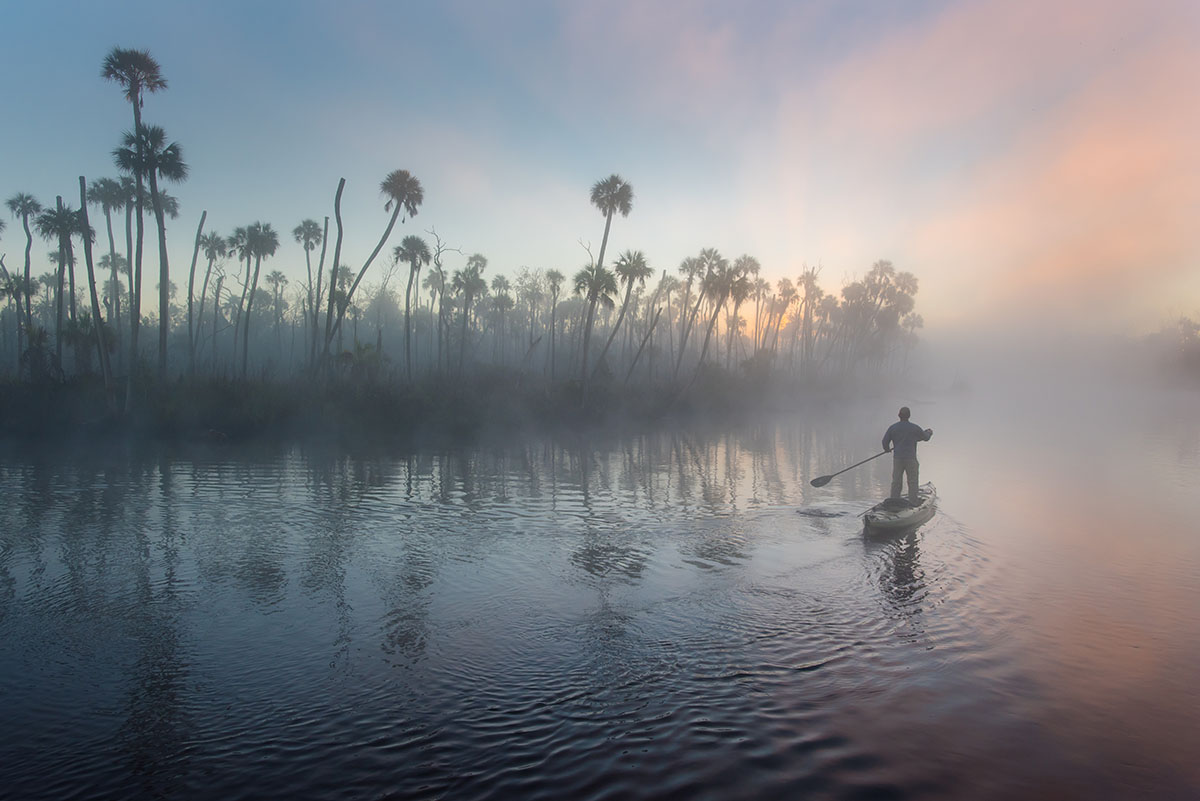
“Green infrastructure is just as important as [that] grey infrastructure we’re always talking about,” says Lykes Dimmitt. “Those two things need to come together.” As our city councils and water management districts look at how many water reclamation facilities we need, Dimmitt says, they should also look toward saving greenspace. Not only city parks, but state parks and preserves, and forests.
“We’ve got to take care of this living, breathing thing that allows us to live on this barrier island of a state,” she says.
Dimmitt knows of what she speaks: She’s part of the Lykes family, one of Florida’s premier ranching families, and vice president of strategic development for Lykes Bros. The Lykes family has demonstrated a strong commitment to Florida’s greenspaces — not only through on-site conservation initiatives, but also by participating in the Wildlife Corridor, via its conservation easements.
The premise is simple: Conservation easements limit the future development rights for a property and pay the landowner for those rights. For example, if a rancher owns 1,000 acres of cattle ranch, he can get an easement that allows the ranch to always be a ranch — even if it changes ownership — but no matter what happens, no one can develop the land for a more intense use, like a shopping mall or a Sun City Center. It’s akin to selling mineral or water rights for a property, but in these cases, the landowner is selling his or her development rights.
The notion of a wildlife corridor isn’t new — biologists in Central America created a corridor so monkeys could cross the land without coming out of the canopy — but in Florida, where interstates and subdivisions wage constant war on wildlife, it’s complex.
“Most of these panthers are using privately owned ranch land,” says Lindsay Cross, the former director of the Florida Wildlife Corridor, “and due to the human population growth a lot of these areas could be developed into urban landscapes if they’re not protected.”
Cross left the Corridor in 2018. Her successor, Jason Lauritsen, stepped in and has worked tirelessly to advance the mission. Right now, his job includes working to get House Bill 2795 passed. The bill would help create a “corridor network across federal, state and local governments, tribes, and the private sector,” Lauritsen says. It’s already out of committee; next, the U.S. House of Representatives will vote on it, although it’s not on the calendar for a vote. Lauritsen urges Floridians to call their elected officials to express their support.
HR (House of Representatives) 2795 does something else: It catapults the Corridor to a national level, because the Florida Wildlife Corridor leads the way for other states.
“Florida has been a leader in corridor conversations for a long time,” Lauritsen says. “For almost a decade we’ve been talking about corridors and corridor science. Support of the bill would help to showcase the science and support for thinking and planning with corridors in mind and show us as leaders … it’s intended to create an organizational element. The most important part is to coordinate among stakeholders.”
And there’s a lot of stakeholders in Florida.
While the Corridor starts (or ends) 63 miles south of LaBelle, in Big Cypress National Preserve, much of the land between the National Preserve and the Florida Alabama border remains in private hands, thanks to those conservation easements, which are managed by state and federal agencies. Still other parts of the Corridor exist because nonprofits like Conservation Florida or the North Florida Land Trust use donor money to buy land to preserve as part of the Corridor.
HR 2795 would do more than that, too: In these days of Weird Florida and Florida Man, the Florida Wildlife Corridor gives Floridians something to be proud of. It’s, as Lauritsen says, “a point of pride for our state to rally around.”
Finally, Carlton drops to his knees, and — still smiling — crawls toward the cameras, which start taking photographs immediately. They only take photographs as animals emerge from the underpass, not going toward it, he explains, so as not to discourage them using the underpasses. From eye level, the wildlife crossing looks… like not much: fencing that funnels wildlife to this one point, a few well camouflaged cameras, and some vegetation around a leveled bit of riprap. You can’t see any of this from the road, and most people don’t even realize they’re driving over one. But from on high — from 400 feet, the underpass tells a different story. It’s a story of danger, death, life, and, ultimately, salvation.
For a deep-dive into areas the Florida Wildlife Corridor protects, and which ones it aspires to protect, visit floridawildlifecorridor.org/maps.
For more on recent and future Wildlife Corridor exhibitions, read my companion story “Green, Seen” from the dRTB Spring 2020 “The Great Outdoors” issue.
Cathy Salustri, author of Backroads of Paradise, is a Florida writer based in Gulfport. Contact her at cathysalustri@gmail.com, or follow her at @cathysalustri.

